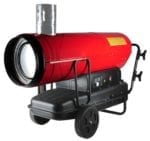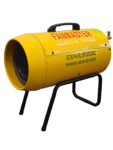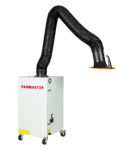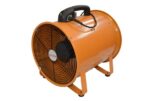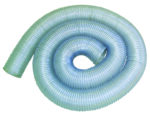
August 19, 2020
Getting Temperature and Ventilation Right in the Workplace
Do your employees complain about being too hot or too cold? Achieving the right temperature and ventilation in the workplace is important in maintaining a comfortable environment for your workers.
According to SafeWork NSW, poor thermal comfort for prolonged periods may lead to fatigue, lower concentration, poor productivity, complaints and absenteeism.
It’s not good for your employees, and it’s certainly not good for your bottom line!
Factors that affect thermal comfort at work
SafeWork NSW states that workplace temperatures should be between 20 and 26 degrees, depending on outdoor temperature and whether work is sedentary or more physical.
Aside from air temperature, other factors that affect thermal comfort include humidity, radiant heat from any workplace machinery, and airflow. The sort of activity an employee does (lifting or sitting) and their primary location (a desk under a ventilation outlet or in direct sunlight for example) can also have an impact.

So how to manage thermal comfort?
In order to achieve a comfortable temperature and ventilation in the workplace, employers may need to move desks or workstations around, open windows, provide lighter PPE or more appropriate uniforms. They may also need to install heating and cooling equipment, including:
- Air conditioning and evaporative coolers to help control temperature and humidity, and increase airflow. Evaporative coolers are effective for dry, hot environments. They work by drawing hot air over wet pads before distributing the cooled air around the room using a fan.
- Mechanical ventilation such as hooded roof fans, wall exhaust fans, axial flow fans, and industrial louvered fans to remove stale and circulate fresh air.
- Pedestal fans, wall fans or mancoolers to circulate the air and prevent workplaces from feeling stuffy.
- Fan, radiant, space or infrared heaters to keep employees warm during the cooler months. Radiant, space and fan heaters can be electric for small offices or diesel and LPG for large industrial environments. Premium infrared diesel heaters are cost-effective to run and are ideal where a “sunlight” type of heat is required for large open spaces.

Maintaining thermal comfort in the workplace is important. Contact our team to find out how we can help you with a range of fixed and portable heating, cooling and ventilation options.











